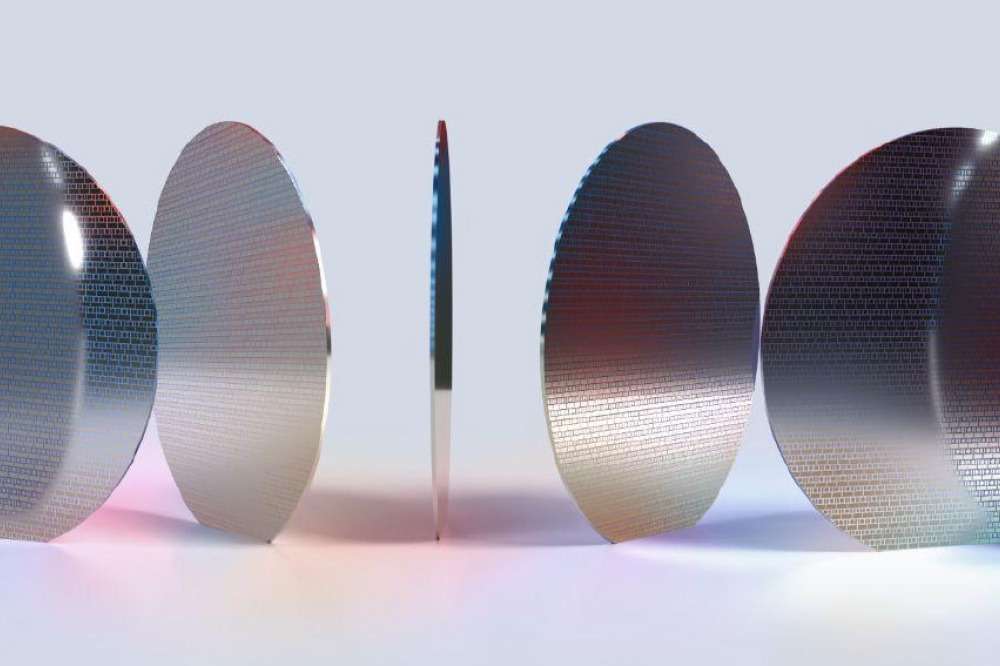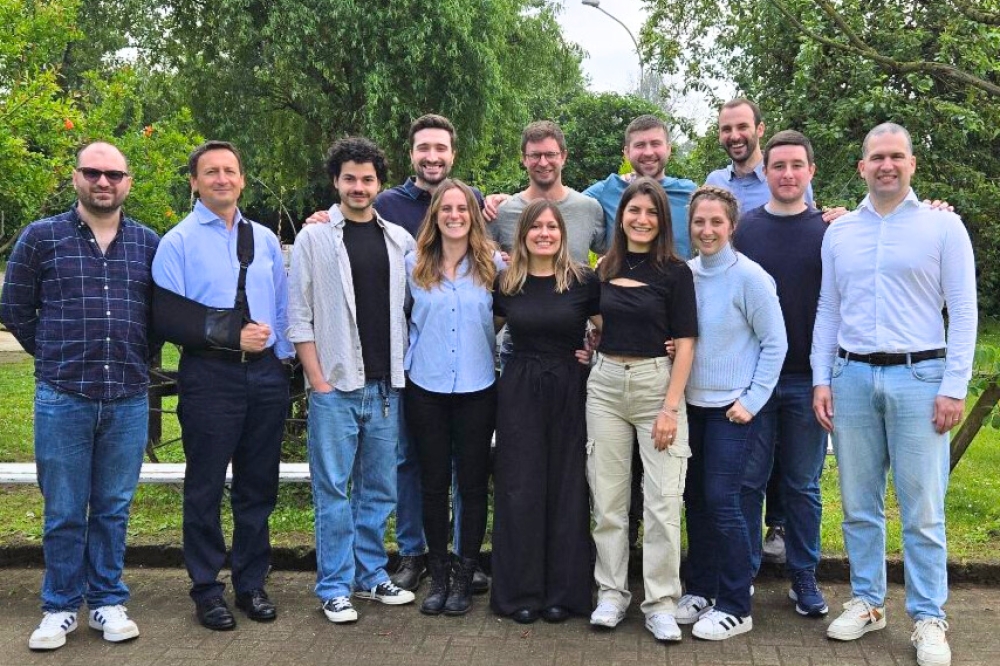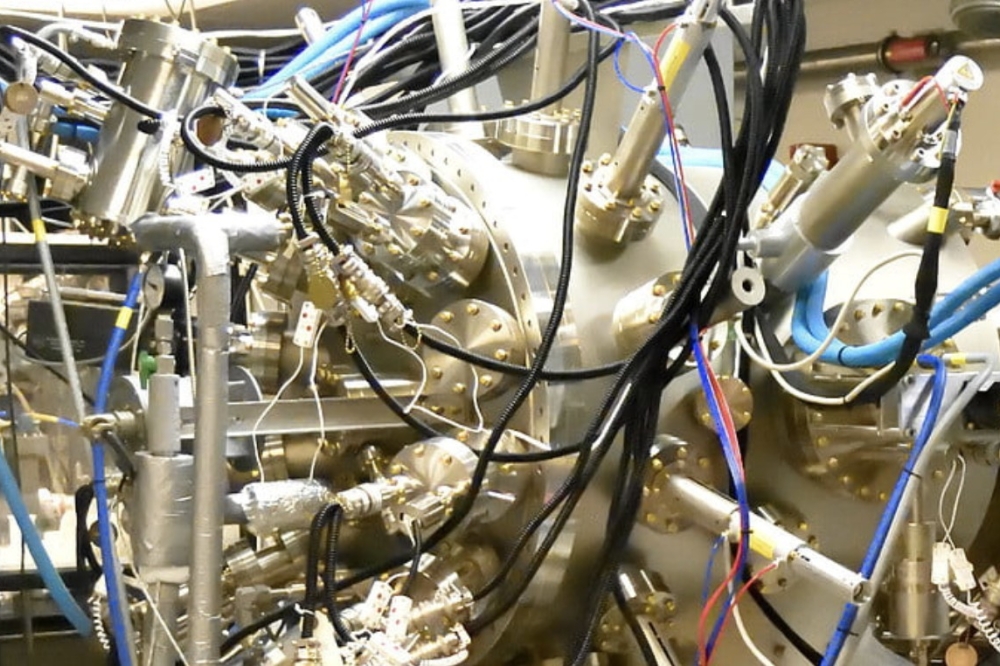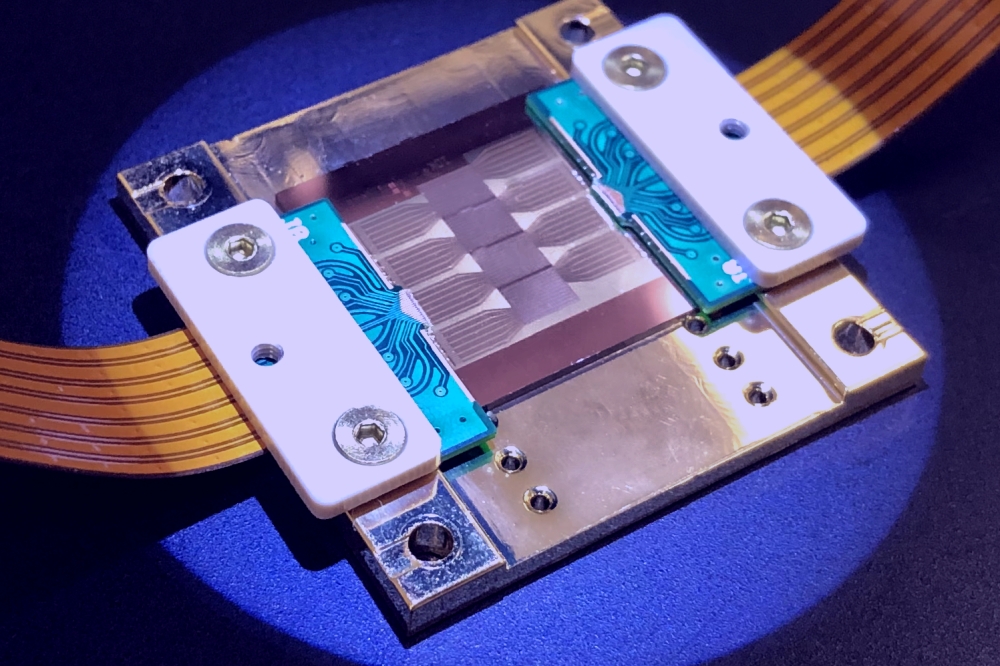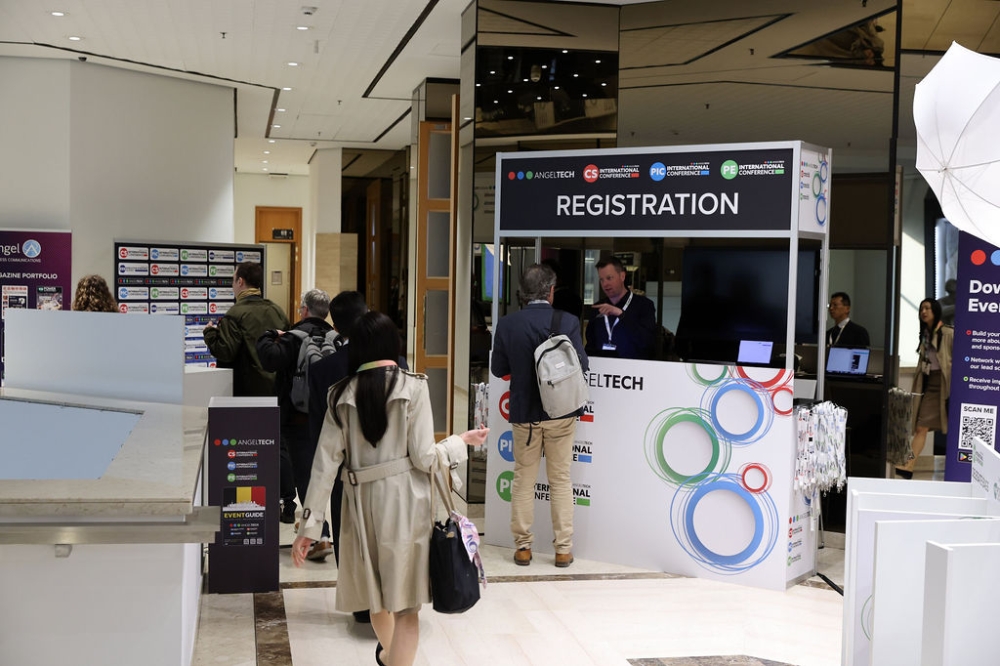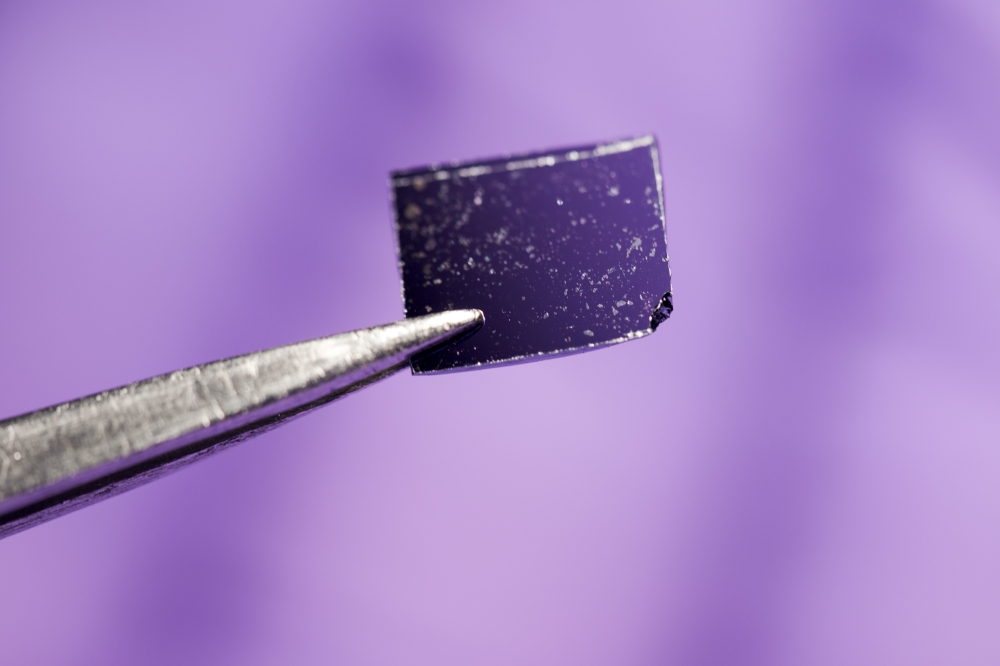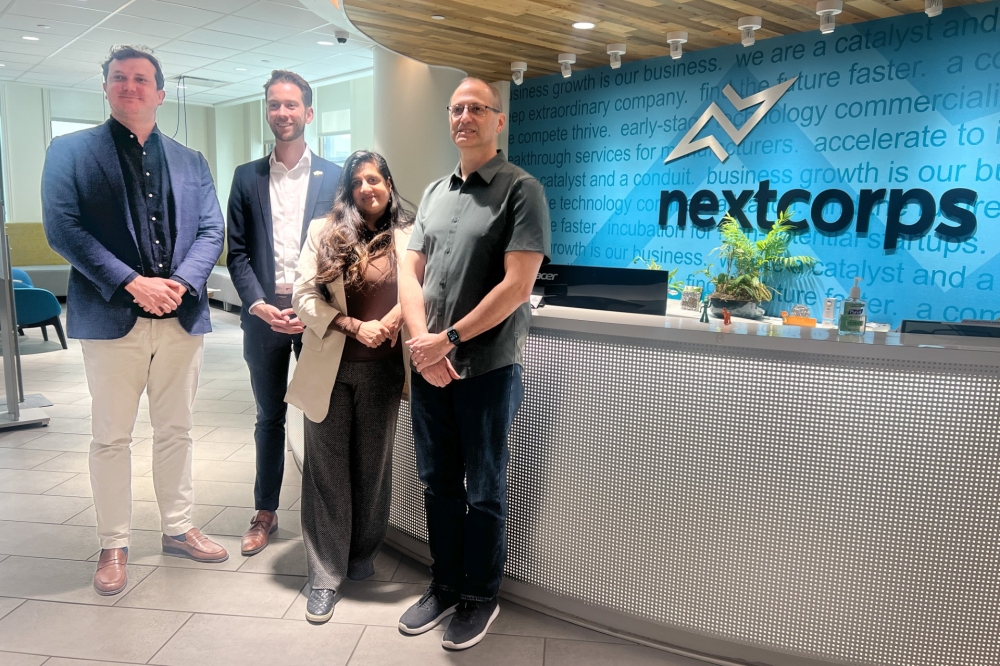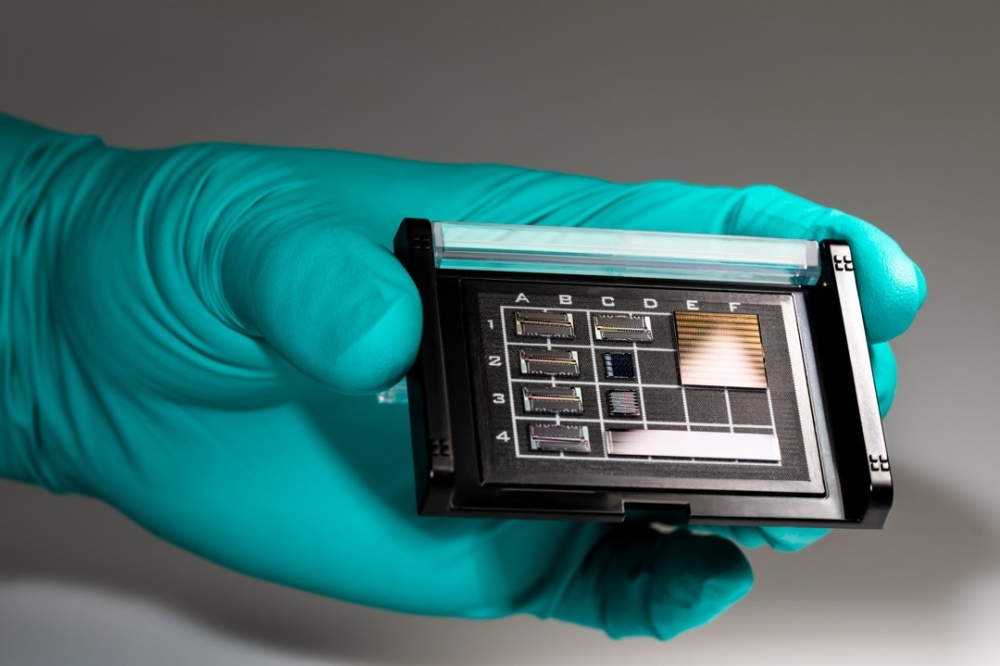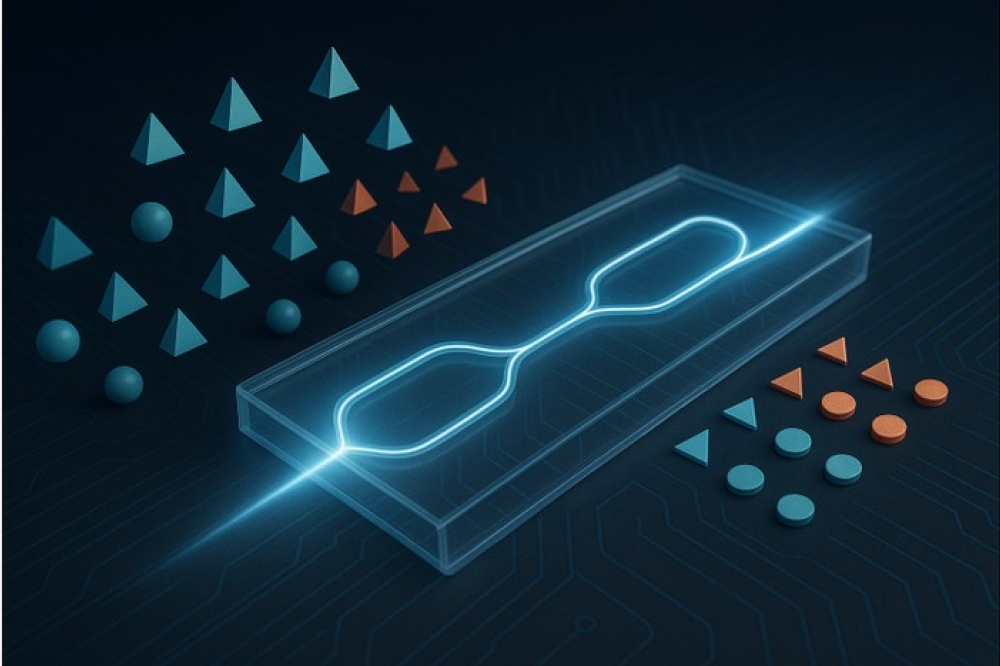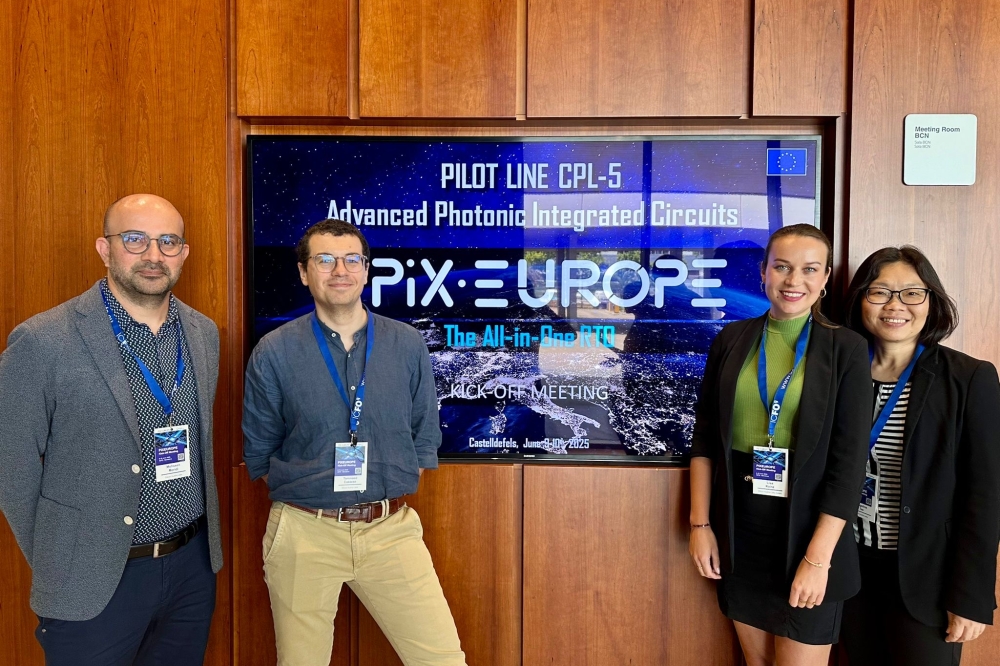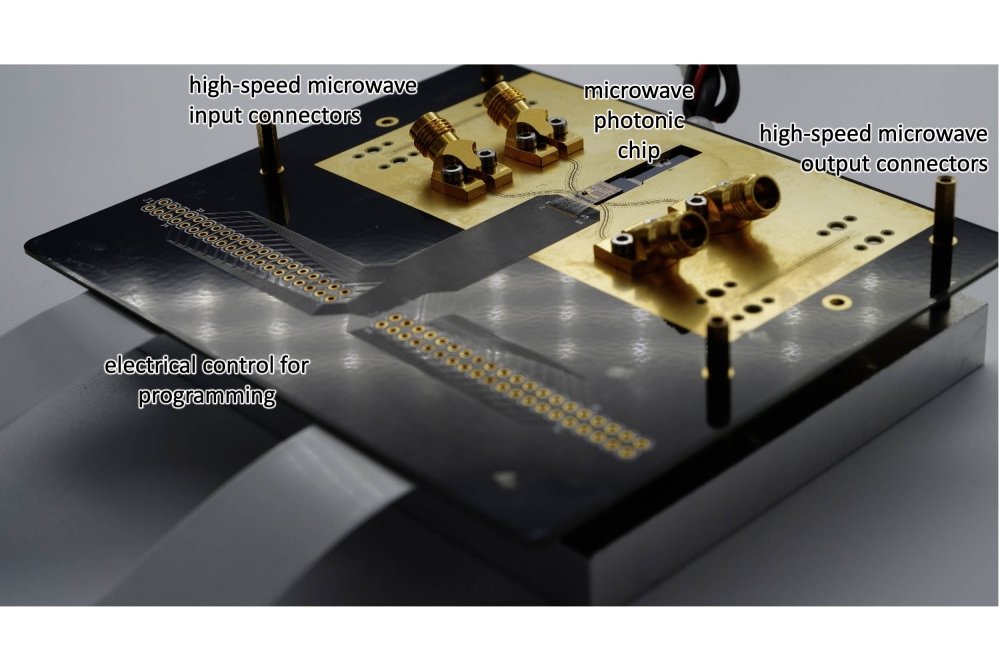University of Cambridge buys AIXTRON tool for 2D materials research

Currently being installed at the Cambridge Graphene Centre, the Close Coupled Showerhead system enables wafer-scale growth of layered materials, allowing for integration with silicon photonics
AIXTRON has announced that the University of Cambridge in the UK has purchased a Close Coupled Showerhead system for 2D materials from the company for its research and development in the field of photonics and optoelectronics. According to AIXTRON, the system enables wafer-scale growth of “layered materials”, also referred to as 2D materials. This aims to allow integration with silicon photonics to produce highly efficient and high-speed optical data communication devices.
AIXTRON's Close Coupled Showerhead (CCS) system is set in a 200 mm configuration and is currently being installed at the Cambridge Graphene Centre to be used for the UK's Layered Materials Research Foundry (LMRF). The LMRF plans to focus its research on graphene and other layered materials to deliver, at a pilot scale to end users, a fully integrated silicon photonics platform.
AIXTRON says its CCS platform was chosen for this pilot line because it is the only platform today that allows seamless process transfer and scaling to 300 mm and high-volume manufacturing of layered materials. It also brings manufacturing level features to the lab scale. According to the company, this is due to its proprietary full wafer temperature control via the ARGUS temperature mapping system, as well as precise precursor delivery and control using AIXTRON’s concentration monitor Epison.
“For many years, we have worked closely with AIXTRON, which has allowed us to advance our research and development in layered materials,” said Andrea Ferrari, Director of the Cambridge Graphene Centre at the University of Cambridge. “AIXTRON's CCS system, which we are currently installing at our Cambridge Graphene Centre, will be used to deposit layered materials for optical transceivers and modulators which will be used for high-speed data applications like 5G/6G as well as optical interconnects and switches for next-generation energy efficient AI hardware.”
Felix Grawert, CEO of AIXTRON, said: “2D layers offer enormous opportunities in photonics, optoelectronics and nanoelectronics. We are delighted that the University of Cambridge relies on AIXTRON for its world-leading research in nanotechnology to unlock the potential of these materials. With this, we help to shape the future of advanced optical and electronic devices.”







